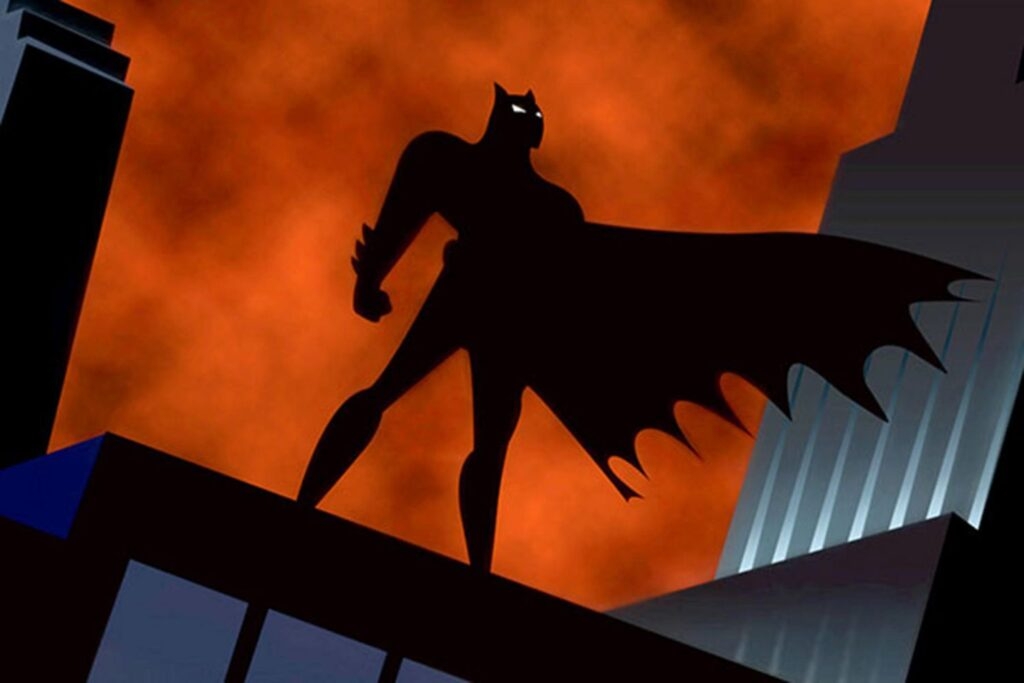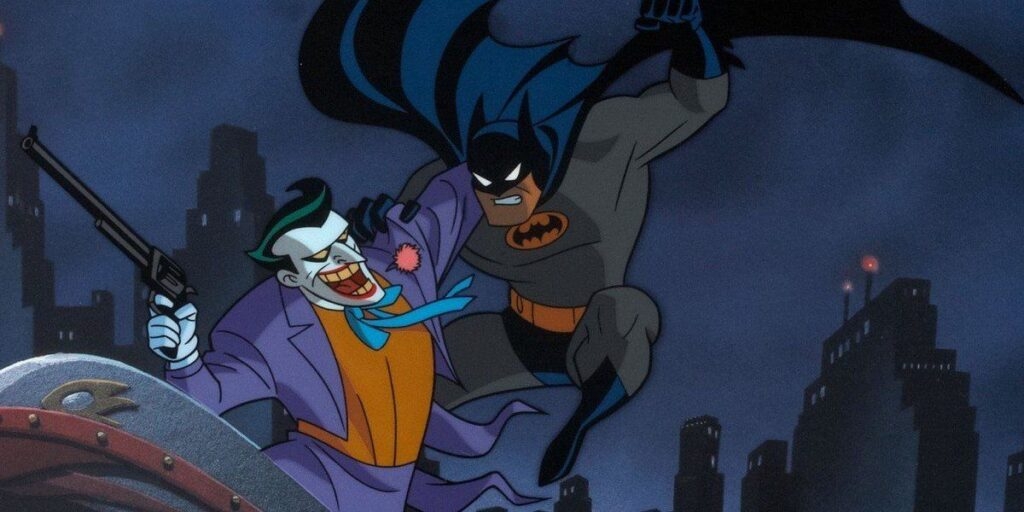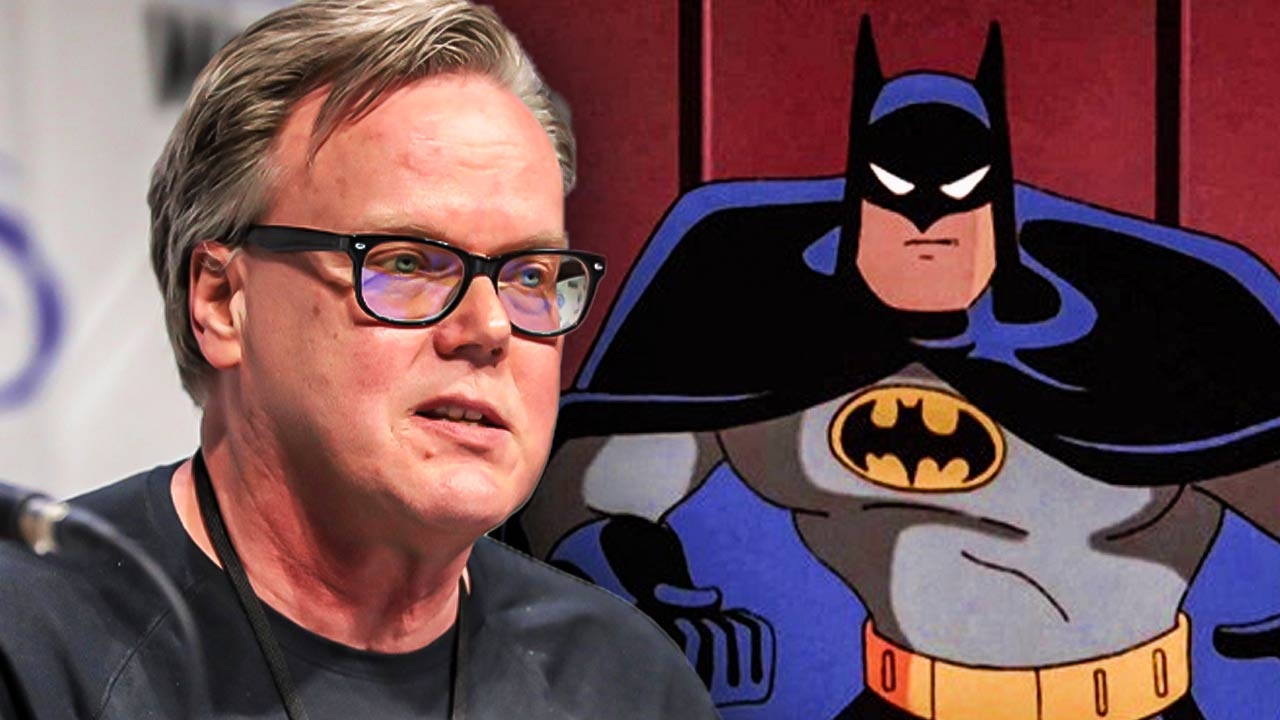Bruce Timm Would’ve Made a Major Change to Batman: The Animated Series if He Had His Way (But Thankfully Didn’t)
Bruce Timm and Eric Radomski’s Batman: The Animated Series stands as a hallmark in the realm of Batman adaptations. The series originally aired on Fox Kids from 1992 to 1995, leaving an indelible mark on viewers. What caught everyone’s attention the most was the world being crafted in the show, a unique blend of old and new.

However, had Bruce Timm been able to fully follow his vision, he would have taken the show in a dramatically different direction. Timm envisioned a Gotham City immersed in the gritty allure and mystique of a completely different era. Yet, Batman: The Animated Series’ comparatively modern atmosphere captivated audiences across generations.
Bruce Timm’s Vision for 1930s Gotham City in Batman: The Animated Series

Bruce Timm and Eric Radomski’s Batman: The Animated Series captivated audiences by creating a unique visual identity of Gotham City like never before. It drew inspiration from the art deco and film noir aesthetics of the 1940s.
However, Timm harbored a distinct vision for Gotham City, one that back even further in time to the 1930s, specifically the year 1939. Bruce Timm mentioned in an interview with Les Daniels for his 1999 book Batman: The Complete History (via Greek Tyrant),
“If it had been up to me I would have set it literally in 1939. […] But writers find it really hard to write stories without falling back on computer screens and things like that.”
Yet, the one thing that challenged his vision was the technology that Batman needed. Batman, as a character, relied heavily on modern computer technology and high-tech gadgets to fight against crime. These elements were integral to the essence of the Caped Crusader but were nonexistent in the technological landscape of the 1930s.
So, making the show set in the 1930s would have been unique, but it might not have been as interesting for young viewers who like the high-tech stuff. Despite this deviation from his original vision, Batman: The Animated Series left an indelible mark on popular culture, transcending generational boundaries to become a timeless classic.
The Risk of Bruce Timm’s Vision for the Beloved Batman: The Animated Series

Batman: The Animated Series revolutionized the world of animation with its stunning art deco-inspired visuals, which brought an unparalleled depth to Gotham City’s landscape. The visuals were also influenced by classic Hollywood films of that era along with the iconic Batman comic book art of the 1940s and 1950s.
Furthermore, Batman: The Animated Series skillfully showcased the blend of high-tech innovation within a visually arresting old-fashioned setting. In the show, futuristic gadgets like computers, disc drives, and analyzers were designed into the timeless aesthetic of classic Art Deco design, creating an intriguing fusion of the past and future.
However, had the series followed Bruce Timm’s envisioned 1930s version of Gotham, this uniqueness of the show might have been overshadowed. Each frame of the series depicted a sense of timelessness with its classic and contemporary visuals. In essence, Batman: The Animated Series not only redefined the superhero genre but also solidified its place as a timeless classic in the annals of animation history.





